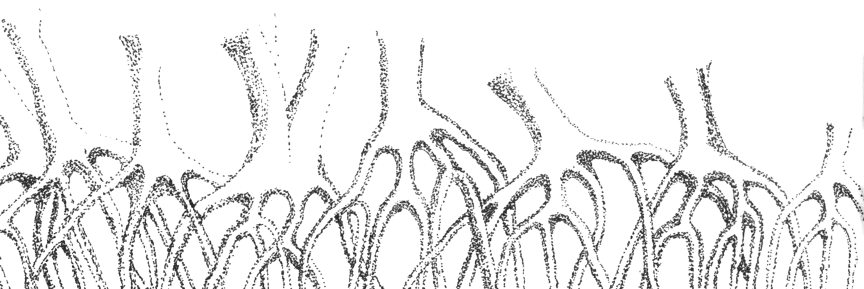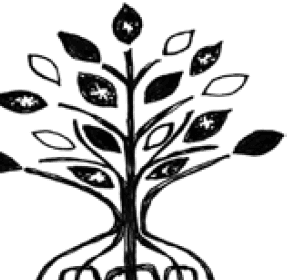On Writing a Poem for Marj
Antonio Salvador De Veyra
"Garden Jungle” found its inspiration from the pocket garden that fronts Marj Evasco’s townhouse in Mandaluyong City. Her place is an oasis for several kindred probinsiyano/probinsiyana caught in the city’s grind. I witnessed how several of her friends from the Visayas would often gather in her tiny front garden. Sitting or lying on a mat beneath the bamboo grove, they would be transported back to the idyllic province in their minds. On one such night, I realized the scene before me could be a poem. Even as I listened to the conversation and sipped wine with that night’s company, I looked at this idea from several angles.
But it took me some time to write down the poem’s first draft. However, I was certain the poem-to-be would have the bamboo grove as its central image. I had latched onto this image because, on a later visit to Marj’s place, I could hardly find her house as the front garden was gone. But it was not gone, really. Marj’s father had recently come over from Bohol for a few weeks’ visit. During his stay, he replanted the lawn grass and laid a pebbled and winding path from the street to the front door. He had also pruned the lush bamboo grove and lashed together the topmost and slender stalks to form an arch diagonally across the small front yard. Marj’s father, who had taught her how to look for beauty in nature, had designed the arch like a bridge that would carry the moon as it made its way across the sky. There was the poem in the making. All that was left to do was write it down, which I did initially in my first language (Waray), and then translate the lines into English whenever I got stuck.
Kagurangan han Kasingkasing
para kan Marj
Kasayun mawara
Iton mga hardin
Nga aton tinitipigan:
Pangabuta iton mga tanom
Tabuga an huni han mga tamsi
Simentoha iton dalan
Ngadto han imo kasingkasing.
Kalimti an kawayan
Nga imo gintutdu-an
Pagtulay han kalangitan
Ngan an kagurangan
Han imo paniplat
Igwawara
An mga bituon
Ngan an hangin.
Hinumduma:
An huyop han hangin
Ha kadahunan han kawayan
Ug an kanta han mga tamsi.
Pagbasul maudlot.
Jungle Heart
for Marj
How easy it is
To lose the gardens
That we keep:
Uproot the plants
Shoo away the birdsongs
Pave the path
Leading to your heart.
Forget the bamboo
You learned
To bridge the sky
And the wilderness
Of your glances
Shall mislay
The stars
And the wind.
Remember:
The wind blowing through
The bamboo leaves
And the songs of birds.
Regret buds.
But somehow, I did not feel right with those drafts (in Waray and English), which dealt with loss and the garden growing wild because of neglect. Fortunately, I could re-envision that image into what is now “Garden Jungle.” The final version is in English, given the image of a well-trimmed garden one would often find in suburban gated communities (some with white picket fences and manicured lawns reminiscent of the American colonial period). I recognized that this was the kind of garden, not the “hardin” of the Waray version, that would best encapsulate the poem’s insight.
This revisioning of a poem I learned in the Silliman workshops where Marj was a regular panelist. I remember one session where she pointed out how trite my use of a mother figure in a poem about children playing games of war. It took a long time and several visits to the library to read up on representations of women for me to finally rework those lines about the mother that I felt would be true for the poem and all the mothers and women who might read it.
While I would like to think of myself as being weaned from the Silliman workshop, I also cannot help but consider what Marj and the other workshop panelists might say about a draft on hand. Their lessons on how to craft poems I often had to learn hard, especially whenever I thought a draft was already good enough, only to realize later that something was not quite right. Like that mother figure.
And now that I am writing ecopoems in Waray, I often go back to that lesson from Marj about imaging the world through language. Her ecopoems and her explorations of language (English, Cebuano, Spanish) are wellsprings I draw from as I look for different ways of seeing and saying the world.








